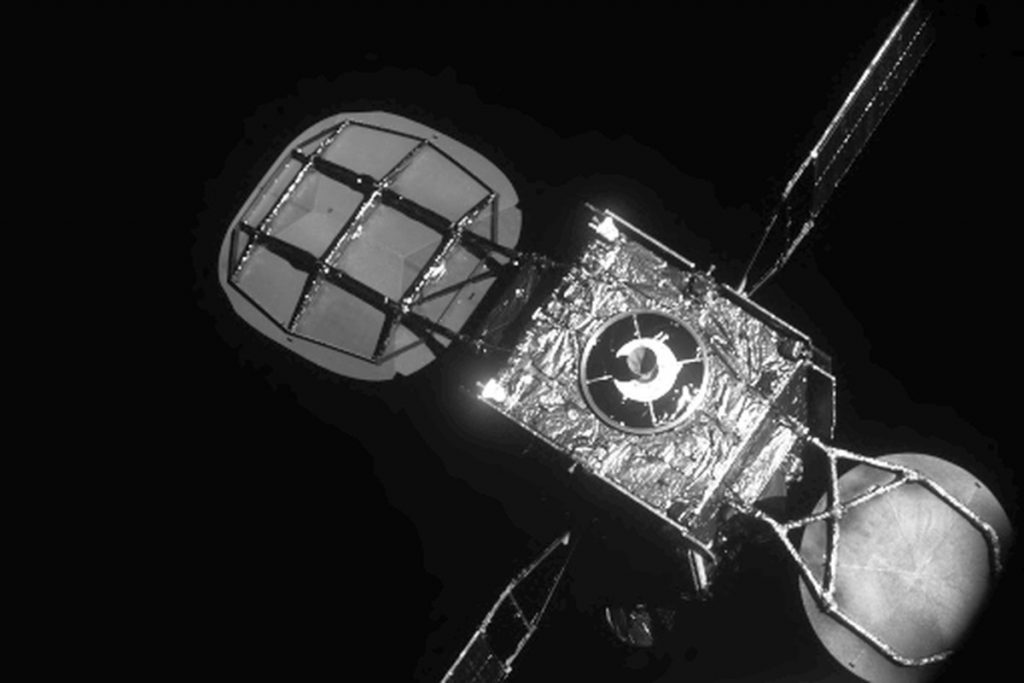For as long as humankind has been alive on Earth, it has been fascinated by the stars. Throughout history, we have seen great thinkers and scientists look to the skies for inspiration, and thinking men and women have always tried to unravel the secrets that lie behind our home planet. This innate curiosity which powers all our innovation has led to several space exploration missions, multiple moon landings and even expeditions to Mars. Quite recently, it has led to commercial satellites taking to the stars as well. History was created recently, when for the first time in the history of the world, two commercial satellites, as a part of a servicing mission docked in orbit! The scientific community has never been happier as this will lead to a new beginning with regards to space exploration and satellite servicing. Read on to find out more about this docking and why it is so important and historic.
New Beginnings
This orbiting provides new hope for ailing satellites which have been orbit for continuous periods of time and require quick assists. Furthermore, it could also give rise to a new form of business- space decluttering! As technology advanced, humans kept sending exploratory missions to outer space. This coupled with a large number of satellites in place for communication and spatial recognition has led to a space problem in outer-space. The skies are immensely cluttered and filled with space junk, which now has reached a stage, wherein we need cleaners to clear out.
International Space Docking
Out of the two satellites that docked, one is a telecom-industry satellite that was low on fuel while the other was a replacement that plans on taking over the former’s movements. This maneuver will help the Intelsat-901 extend the 19-year mission it has been fulfilling with regards to TV relay, by another 5 years. For all the scientists, platforms and satellite makers involved in the process, this docking is a major accomplishment as it helps in solving several problems.
The two satellites met about 36,000 km above the Earth’s surface, and the mission was spearheaded by Northrop Grumman, the maker of the Mission Extension Vehicle-1. After the successful docking, the MEV-1 plans to move westward by 27.5 degrees to continue its telecoms duties by late March. While talks of inter-galactic re-fueling and junk removal have been going for decades now, the success of the Northrop Grumman is the first undertaking that has come out with a positive result. The international docking took place on Tuesday, 300 km above the arc from where telecom satellites usually undergo their data relaying.
Process of Docking
- Pushing of a probe into the Intelsat-901’s engine nozzle.
- Removal of any spacecraft that is currently operational from close proximity to prevent any mishaps
- The MEV-1 approaches the IS-901.
- Opening of the probe’s fingers into the IS-901, allowing the MEV-1 to hold the spacecraft in place.
- Autonomous docking once both the crafts are aligned.
- Following the docking, the MEV-1 will now control all the movements of the satellite, allowing the IS-901 to continue operations for five more years.
- Afterward, the MEV-1 will get rid of the IS-901 and dump it in what is commonly referred to as space. graveyard, which contains other defunct satellites.
- The MEV-1 will then move on to the next ailing and old satellite, in a bid to extend its lifetime.
The MEV
The MEV-1, launched in October last year rose around 180 miles above the geosynchronous orbit to help the IS-901, which had stopped services in December of last year. This new stack consisting of two satellites will now perform the duties which IS-901 had earlier done, which will ensure that the TV relaying service continues uninterrupted for another five years. The contract also ensures that the MEV-1 after the period is over will return the IS-901 to a decommissioning orbit, before moving on to a different client spacecraft.
The MEV can accomplish multiple dockings and has a service life extension capability of over 15 years. However, in the near future, this vehicle will be capable of doing much more as the company aims to establish a fleet of such vehicles to make servicing, maintenance, and repair work possible. Furthermore, other plans include allowing the MEV to carry out inclination changes, diagnostics, spacecraft inspections, and even in-orbit repair assembly.
People Involved in the Docking
Northrop Grumman is a new company that works in the field of satellite communications through its subsidiary- SpaceLogistics LLC. The company plans on expanding the present project and wishes to perform in-orbit repair, maintenance, and assembly in time. It is now working on new technology that will help the docking probe, not just tug onto an object, but actually hold it, the way a robotic arm would. Furthermore, it is also working on the creation of fuel-pods that can attach itself onto satellites that are running low of fuel. SpaceLogistics is all set to launch its second MEV this year in order to perform some routine support on another Intelsat spacecraft.
Stephen Spengler who serves as the CEO of Intelsat says that such plans were set in motion in 1992, wherein an Intelsat spacecraft was famously rescued by another space-vehicle when it fell into lower-Earth orbit. Spengler believes that the company has always pushed boundaries with respect to space technology and will continue to do so in the coming years, turning dreams into reality in the process.

Being a cinephile with a love for all things outdoorsy, Athulya never misses a chance to chase inspiring stories or poke fun at things, even when the subject is herself. Currently pursuing a degree in mechanical engineering, she is someone innately interested in technical and scientific research. Music reviews and op-eds define her as they allow her to explore different perspectives. Though sometimes she thinks she makes more sense playing the guitar than she does while writing.
